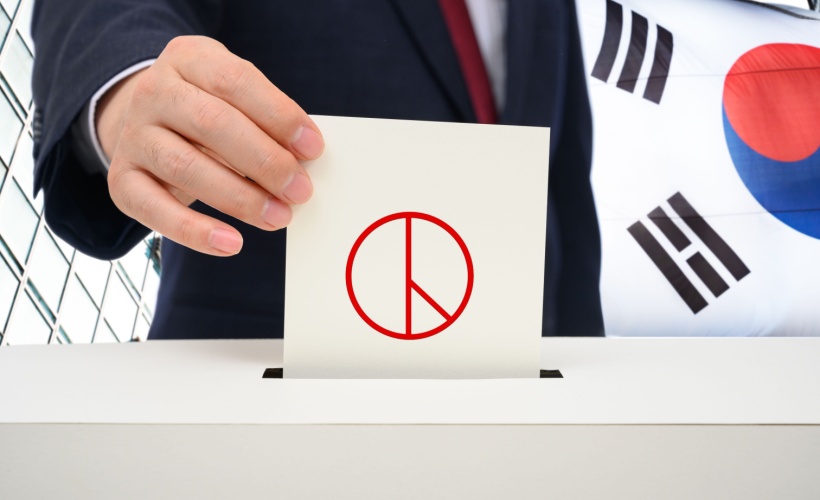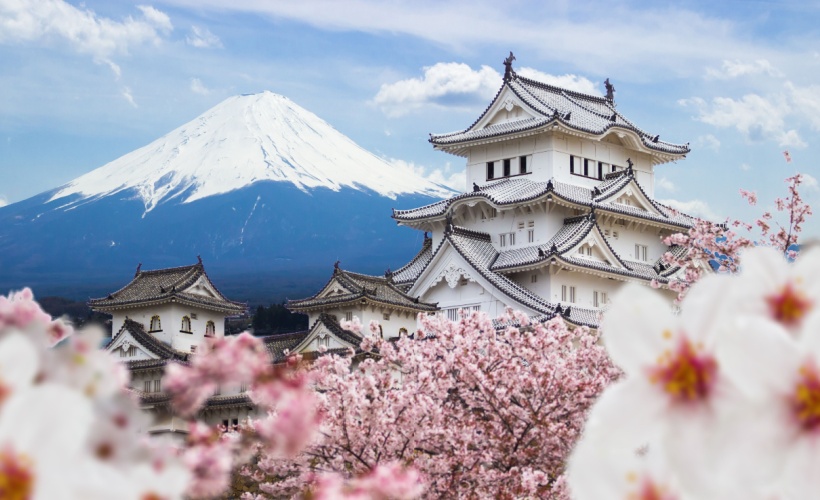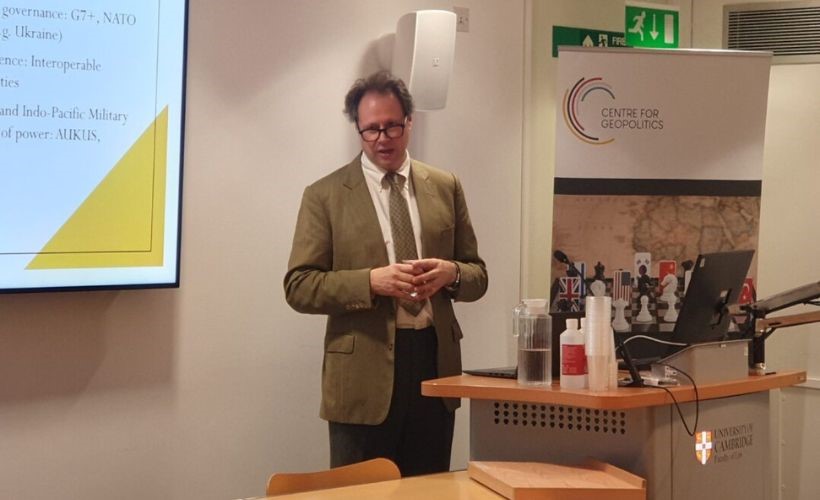By Professor William Hurst
Water cannons, rusting World War II ships, brinkmanship over a small shoal in a pristine patch of tropical ocean. Suddenly the world is paying rapt attention to the long-running stand-off between The Philippines and China over an area of the South China Sea roughly 100 miles West of the island of Palawan. The Second Thomas Shoal lies within the exclusive economic zone (EEZ) claimed by the Philippines. But it is also within China’s “9-Dash Line” and is therefore also claimed to be under Chinese jurisdiction. The governments of Taiwan and Vietnam have also staked claims. In recent months, tensions have risen, and the world has tuned in. But the South China Sea has been the most dangerous security contest in East or Southeast Asia for quite some time.
The ongoing multi-layered confrontation over control of the South China Sea involves Malaysia, Vietnam, Indonesia, and Taiwan, in addition to Mainland China and the Philippines. As one of the world’s most important crossroads of commerce, shipping, and exchange of ideas, as well as some of the best areas for fishing anywhere and potentially home to rich deposits of oil and gas, the South China Sea has been a critical chokepoint for all kinds of interactions and political conflict for a thousand years. Nexus of European colonialism and Imperial Japan’s expansionism, a focal theatre of combat during World War II, and site of several major great power wars since, Southeast Asia (and the South China Sea at its heart) has always been a dangerous part of the world. The current disagreement stems from three positions taken up soon after 1945; 1) the United States’ self-designation as global guarantor of freedom of navigation; 2) China’s claim (at the time the Republic of China under the Nationalist Kuomintang government) that most of the South China Sea should rightly be recognised as Chinese territorial waters; and 3) Southeast Asian countries’ assertions, upon gaining independence, of more or less ‘ordinary’ territorial and jurisdictional rights over portions of the South China Sea they saw as their territorial waters, EEZs, or continental shelf.
The specific underlying dispute between China and the Philippines goes back almost to the end of the Second World War. But it only really took on its current form in the 1990s. Pressing its 1947 “9-Dash Line” claim with new alacrity, China decided to build naval installations on Mischief Reef, not far away from Second Thomas Shoal and also within the Philippines’ claimed EEZ, completing the first of these in 1995. In response, the Philippines deliberately grounded a naval ship, the Sierra Madre, on Second Thomas Shoal in 1999 in order to secure a permanent presence.
The USS Harnett County was built in Indiana in 1944 and sent to the Pacific Theater as a tank landing ship in anticipation of an eventual American invasion of Japan. After a prolonged period in storage following Japan’s surrender, it saw extensive service during the Vietnam War and was transferred to the South Vietnamese Navy in 1970, upon which it was recommissioned as the RVNS My Tho. As the My Tho, it transported more than 3000 refugees to Subic Bay amid the fall of Saigon in 1975. After a year in port there, the Philippine Navy acquired the ship in April 1976, renaming it first the BRP Dumagat and then the BRP Sierra Madre, putting it to use as a transport for roughly 20 years. By the time the decision was taken to ground it in 1999, the Sierra Madre had been used in at least four different roles by three different navies across more than a half-century. But the ship was hardly new or in especially good condition.
For the past 25 years, regular resupply and occasional repair missions have maintained a skeleton crew aboard a rusting grounded vessel atop an atoll that is submerged at high tide. China has periodically sought to hinder or block resupply or repair of the Sierra Madre, sometimes by positioning ships deliberately in the path of relief missions, at other times by firing water cannon at resupply ships, and at least once by ramming a Philippine ship en route to Second Thomas Shoal.
Since late 2023, incidents of water cannon use have become more and more frequent and often quite intense, at least once injuring Philipino sailors. The government of the Philippines has protested vociferously and increasingly stridently. The United States, for its part, has made public mention of its mutual defence treaty with the Philippines and has gone as far as saying it will act to defend its ally if necessary. This is where things become dangerous.
In the Taiwan Strait or the Korean Peninsula, high-stakes games of chicken are played every day, essentially by two players whose preferences and strategies are well known to one another and whose signals are usually interpreted accurately. In the South China Sea, the game is much more complicated and prone to miscalculation, miscommunication, or even accidental or inadvertent escalation. Indeed, the risks parallel those faced by European great powers on the eve of World War I in 1914.
No one can be certain of where others’ red lines really are. Further, tactics and signals are liable to misinterpretation by states less familiar with their interlocutors’ preferences and capabilities. With many players, the game is also much more likely to see one country trip another’s wires without meaning to – or, at least without considering carefully the possibility or implications of doing so. Once hard lines are drawn and mobilisation crosses a certain threshold (exactly what threshold is less clear), conflict is all but certain even if it was never any party’s intended destination. By the time everyone wants to pull back from the brink, the ship might literally have sailed.
I do not believe the overall probability of escalation or conflict in the South China Sea is very high. But it is indubitably higher than the chance of escalation in either the Taiwan Strait or Korean Peninsula. And it is precisely the level of uncertainty, combined with the degree of complexity, that makes multi-player maritime brinksmanship in some of the world’s most trafficked and valued waters so dangerous.







